Ms. Edelmann’s science classes are celebrating Hispanic Heritage Month with “10 Hispanic Scientists You Should Know” with the Middle School classes this week. Check out the list below!
10 Hispanic Scientists You Should Know
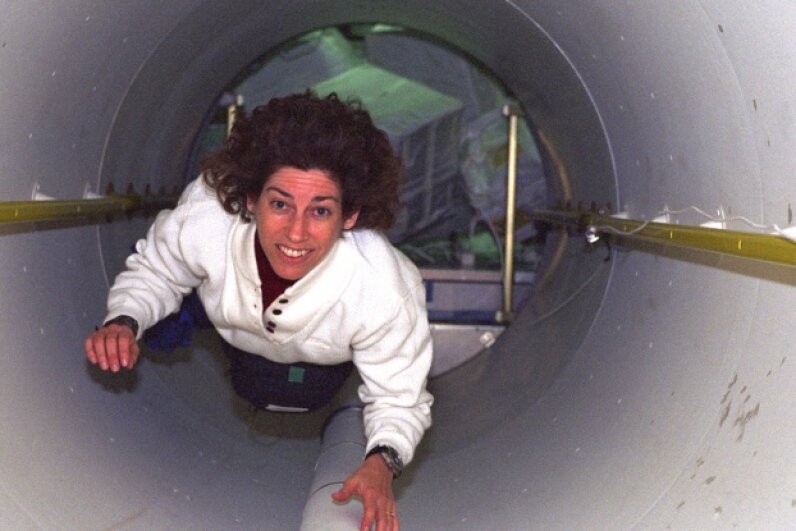
Over the centuries, many remarkable scientists have emerged from Spanish-speaking lands, cultures and ancestors. Though grouping such a diverse collection of people under a single rubric — particularly the politically expedient but dubious term Hispanic – isn’t ideal, it does make room to explore their wide-ranging array of backgrounds and accomplishments.
Take these two eminent medical men both born in Caracas, Venezuela, whom you’ll meet in a little bit. The first, a child of Spanish immigrants, spent his life in his homeland and dedicated himself to the treatment of leprosy there; the second, born of Spanish Moroccan and French Moroccan parents, spent his formative years in Paris and most of his life in America, and studied the genetic causes of autoimmune diseases. Similar, yet worlds apart; that’s this list in a nutshell.
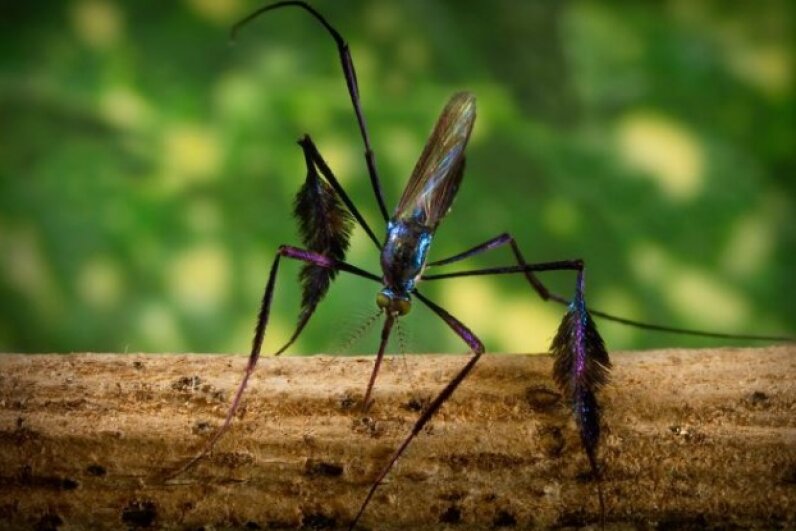
Before Google doodles, we honored important forgotten figures with postage stamps. Carlos Juan Finlay, the Cuban physician who first linked yellow fever to mosquitoes in 1881, has received both tributes. Given the thousands of lives he saved and the decades of scorn he endured, we’d say he deserved them.
Born in Puerto Príncipe, Cuba, Finlay studied abroad before returning to Havana as a general practitioner and ophthalmologist with a penchant for scientific research. At the time, yellow fever still ravaged the tropics, terrorizing populations and disrupting shipping, especially in Havana [sources: Frierson; Haas; PBS; WHO; UVHSL].
Finlay noticed that yellow fever epidemics roughly coincided with Havana’s mosquito season, but his mosquito-transmission hypothesis was met with disdain for decades until he convinced American military surgeon Walter Reed (like the hospital) to look into it. Reed and his colleagues, who had been dispatched to Cuba to fight the disease that had killed so many soldiers during the Spanish-American War, helped Finlay improve his experiments and verified that the species now known as Aedes aegypti was indeed the culprit. Yellow fever was wiped out of Cuba as well as Panama, enabling engineers to finally complete the Panama Canal [sources: Haas; PBS; UVHSL].
Today, yellow fever afflicts roughly 200,000 and kills 30,000 people annually, mostly in African areas lacking vaccines. Symptom reduction remains the only treatment; untreated, the disease has a 50 percent mortality rate. Occurrences of yellow fever have ramped up in recent years [sources: WHO].
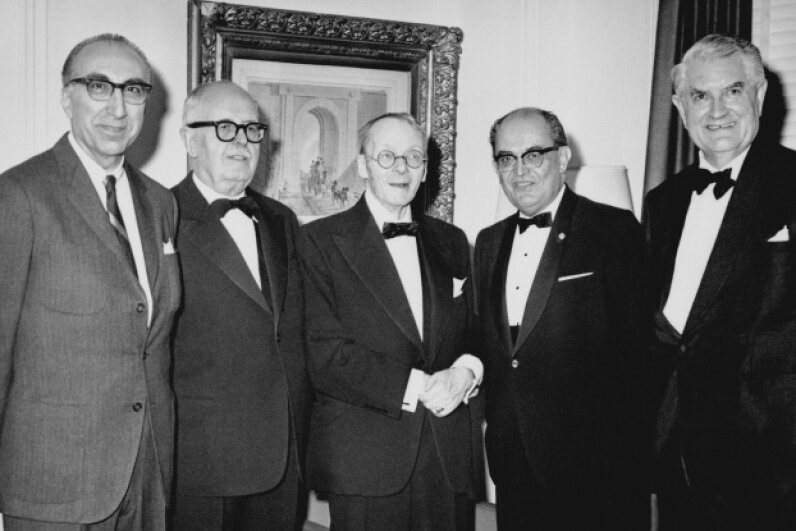
We’re all painfully aware of how growth, sexual maturity and metabolism kick into overdrive during puberty, but we’re usually too distracted to consider the tiny bean-shaped gland with its foot on the throttle. Bernardo Alberto Houssay was barely out of puberty himself when he began researching the pituitary gland, but then he was always a bit of a prodigy: The intelligence that helped him stand out from his seven siblings had previously earned him a spot in pharmacy school at age 14.
Houssay’s research into the relationship between sugar metabolism and a pituitary hormone earned him the 1947 Nobel Prize in physiology or medicine and, more importantly, marked a turning point in diabetes management. He shared the prize with Carl Cori and Gerty Cori (née Radnitz), pioneers in understanding the catalytic conversion of glycogen [sources: Magill; Nobel Prize; USASEF].
Born in Buenos Aires, Argentina, Houssay performed research in circulation, respiration, immunity, the nervous system, digestion and the treatment of insect and snake bites. Although he was among the 150 educators sacked during Gen. Juan Perón’s 1943 military coup, he became one of the most influential physician-scientists of 20th-century Latin America. His impact was felt through his extensive papers, his widely published textbook, “Human Physiology,” and his organization of the Institute of Physiology at the University of Buenos Aires, which produced such medical luminaries as Luis Leloir and César Milstein, both on this list [sources: Magill; Houssay; USASEF].
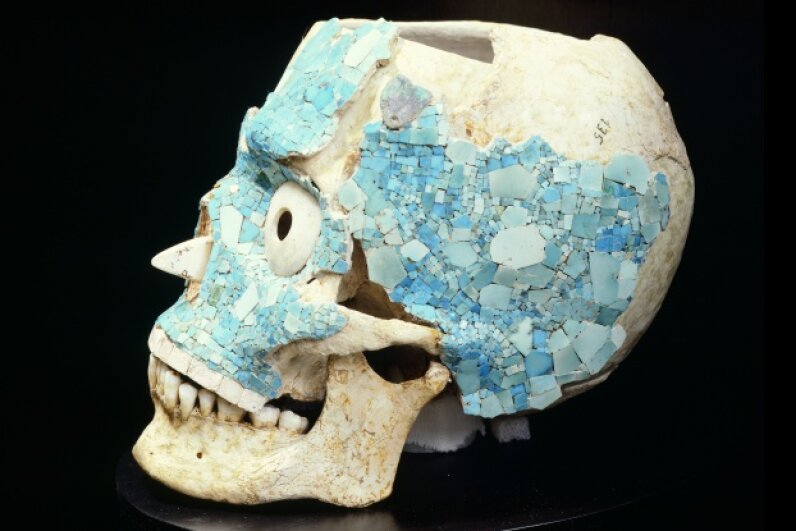
The man credited with one of the most important Mesoamerican discoveries in history started out lecturing on legal philosophy. After discovering a love of ancient regional architecture and writing systems, the Mexico City native began taking classes in anthropology. In 1925, Alfonso Caso y Andrade added an M.A. in the subject to his philosophy master’s degree and law degree, all from the National Autonomous University of Mexico (UNAM) [sources: Anthropology News; Encyclopaedia Britannica; Gaillard; Smithsonian].
Caso’s exploration of early Oaxacan cultures led him to the monumental discovery and excavation of Tomb Seven at Monte Albán. By studying burial offerings there, he proved that the Mixtec people succeeded the Zapotec as masters of the city. His finding further enabled him to define five major phases of the ancient capital’s history, beginning in the 8th century B.C.E., that lined up with the history of other sites. These endeavors, combined with his contributions to cracking the Mixtec Codices, marked his best-known accomplishments in anthropology [sources: Anthropology News; Encyclopaedia Britannica; Gaillard; Smithsonian].
But Caso’s influence extended far beyond the sciences. He was also a teacher, attorney, administrator, archaeologist and advocate for Mexico’s American Indians. He also served as rector of UNAM and director of the National Museum and of the National Institute of Anthropology and History [sources: Anthropology News; Encyclopaedia Britannica; Gaillard; Smithsonian].

Much as fad diets might tell us to cut them out, energy-packed carbohydrates are essential to most life, thanks to two opposing chemical processes: combustion, which allows us to break down carbs and release energy needed for vital bodily processes, and synthesis, which enables us to use various sugars to build substances we need to live.
Before Argentine physician and biochemist Luis Federico Leloir did his groundbreaking research into the transformation of one sugar into another, combustion was well-understood, but synthesis remained a mysterious, largely guessed-at phenomenon. By isolating a new class of substances called sugar nucleotides, Leloir found the key to deciphering this voluminous backlog of unsolved metabolic reactions. A new field of biochemistry opened up virtually overnight, and Leloir received the 1970 Nobel Prize in chemistry [sources: Myrbäck; Parodi].
Leloir was born in Paris to Argentine parents and lived in Buenos Aires from the age of 2, with the exception of a few years spent abroad. After earning his medical degree from the University of Buenos Aires, he worked at the Institute of Physiology with Bernardo Houssay. In 1947, he established the Institute for Biochemical Research, Buenos Aires, where he began the lactose, or milk sugar, research that would lead to his great breakthrough [sources: Leloir; May].
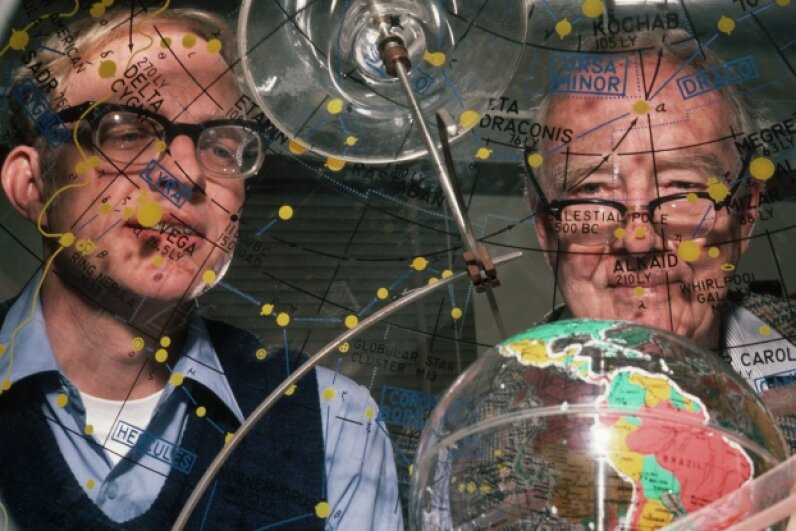
A quick glance at Luis Alvarez’s array of research and engineering projects reveals why colleagues described him as the “prize wild idea man.” A sample: He built U.S. President Eisenhower an indoor golf-training machine, analyzed the Zapruder film and tried to locate an Egyptian pyramid’s treasure chamber using cosmic rays [sources: Encyclopaedia Britannica; PBS; Sullivan; Wohl].
In 1938, Alvarez identified orbital-electron capture, radioactive decay in which a nucleus absorbs an orbital electron. The following year, he and Felix Bloch pioneered measuring a neutron’s magnetic moment, that is, its tendency to align with an applied magnetic field (an important clue that the neutrally charged particle is made of electrically charged fundamental particles). During World War II, he invented several radar applications, worked on the Manhattan Project and rode in a chase plane during the Enola Gay’s Hiroshima bombing. After the war, he worked on the first proton linear accelerator and was awarded the 1968 Nobel Prize in physics for his work with elementary particles [sources: Encyclopaedia Britannica; PBS; Sullivan; Wohl].
Physicists had already constructed cloud chambers and bubble chambers, which spotted speeding, charged particles via condensing vapor or boiling liquid. But tiny resonance particles, which existed for a trillionth of a trillionth of a second, were only detectable by the traces they left behind — disintegration products and collision reactions with other particles. To tackle the task, Alvarez developed his own bubble chamber, camera stabilizers and a computerized system for analyzing bubble photographs. Together with the linear accelerators that he helped pioneer, these revolutionized the discovery of elemental particles, which he and his team discovered by the truckload [sources: Encyclopaedia Britannica; Nobel Prize; PBS; Sullivan; Wohl].
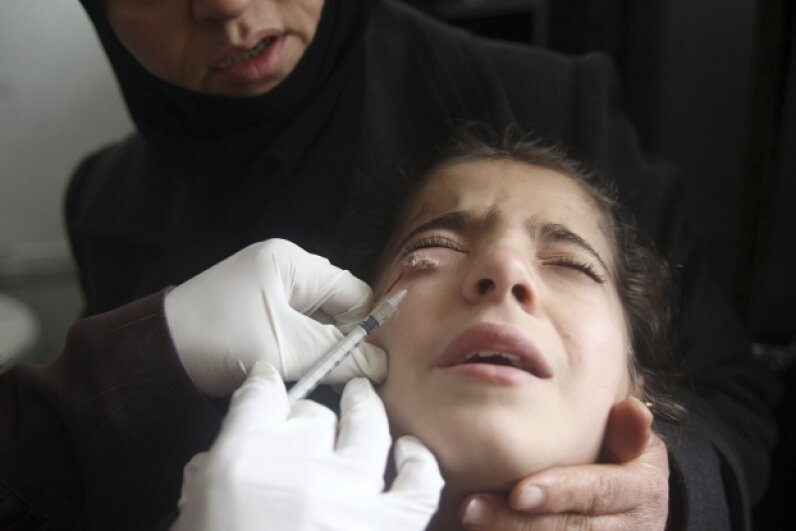
The world will forever associate two names with leprosy, aka Hansen’s disease: Norwegian physician Gerhard Hansen, who in 1873 discovered the bacterium that causes it; and Jacinto Convit, who created a new vaccine for the slow-acting, disfiguring and deadly disease by combining a known tuberculosis treatment with an armadillo bacterium in 1987 [sources: BBC; Encyclopaedia Britannica; Chinea; Yandell].
But Convit, who was born in Caracas, Venezuela, and died there a century later, extended his hand beyond the confines of the lab or doctor’s office. Moved after encountering the disease’s poor and stigmatized victims during medical school, he soon dedicated himself to helping treat them and to combating the social stigma under which they lived [sources: BBC; Chinea].
Convit also developed a vaccination against leishmaniasis, a protozoal skin disease linked to poverty and malnutrition. It is transmitted by sand fly bites [source: BBC; Encyclopaedia Britannica; Chinea].
Convit’s vaccines for leprosy and leishmaniasis are no longer in use, and the search continues for universally effective and acceptable vaccines for both diseases.
During his 75-year career, he received several honors, including Spain’s Prince of Asturias Award and France’s Legion of Honor. Venezuela nominated him for a Nobel Prize in 1988, but he did not win. When asked if he regretted not winning the Nobel, Convit reportedly replied that his great regret was not curing cancer [sources: BBC; Chinea; Nobel Prize].
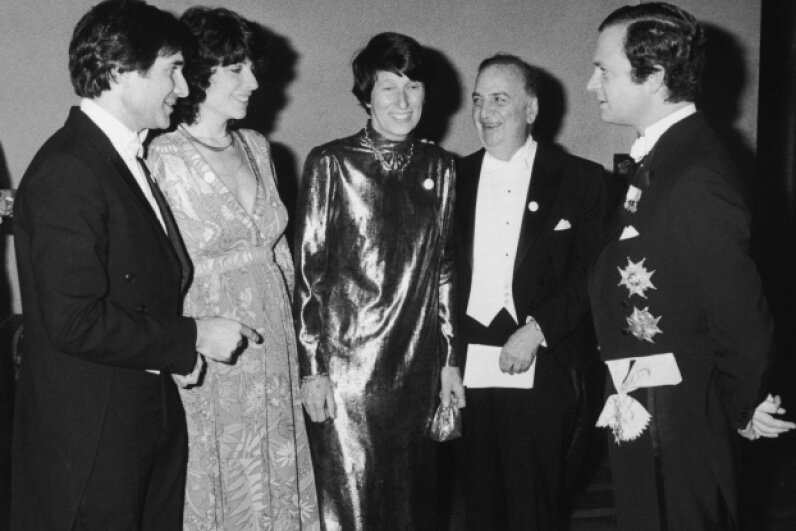
We like to view ourselves as special snowflakes, as one-of-a-kind as our fingerprints. In a way, we are: The surfaces of our cells teem with a unique array of antigens that identify us and prevent our own immune systems, under normal circumstances, from attacking those cells. Ascertaining the genetic basis of this major histocompatibility complex, or MHC, earned Baruj Benacerraf the 1980 Nobel Prize in physiology or medicine and advanced our understanding of immune response and autoimmune diseases (such as multiple sclerosis) by leaps and bounds. He shared the award with George D. Snell, who uncovered the initial evidence for the MHC in the 1940s in mice, and Jean Dausset, the first to find a human compatibility antigen [sources: Benacerraf; Encyclopaedia Britannica; Nobel Prize].
Benacerraf was born in Caracas, Venezuela, but lived in Paris as a youth and spent most of his life and career in America. There he became a naturalized citizen in 1943 after serving in a U.S. Army wartime medical training program that drafted him out of medical school. His father hailed from Spanish Morocco, but he was greatly influenced by his French-Algerian mother’s culture. Benacerraf later recalled how the mixture of his heritage and upbringing created difficulties for him both in America and when he later temporarily moved to Paris [sources: Benacerraf; Encyclopaedia Britannica; Nobel Prize].
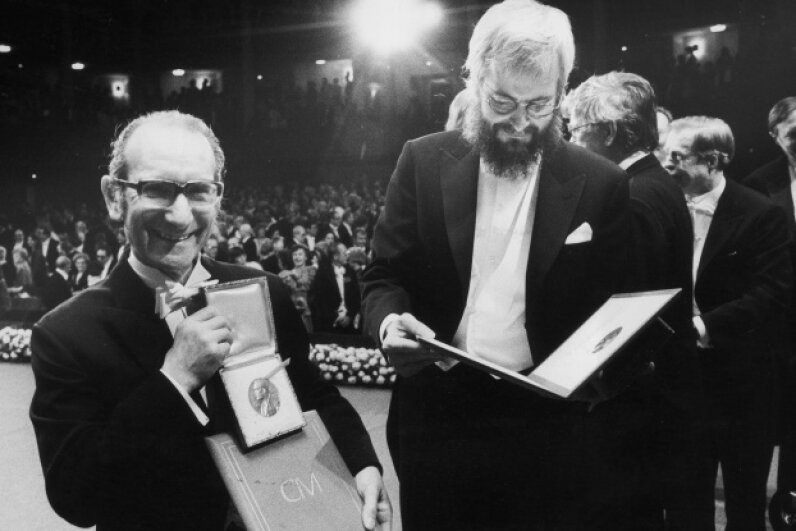
Speaking of the immune system, when using antibodies to combat viruses or bacteria, the human immune system favors an everything-but-the-kitchen-sink approach. Unfortunately, the resulting soup of B cells and immunoglobulin is unsuited to targeted research. When César Milstein produced the first monoclonal antibodies in 1975, he not only solved this problem, he became one of the fathers of modern medicine.
At the time, researchers were struggling to create targeted pure antibodies that worked against known agents. Certain mouse spleen cells offered hope, but the specific antibodies they produced died too quickly to be useful. By combining these cells with immortal myeloma cells, Milstein and postdoc Georges Köhler produced large amounts of long-lived, identical (monoclonal) antibodies. For his work, Milstein shared the 1984 Nobel Prize in physiology or medicine with Köhler and Niels K. Jerne [sources: Nobel Prize].
Since then, researchers have applied his technique to other antibody hybrids and produced a versatile array of assays and diagnostics, including tools used in pregnancy tests, biomarkers, cancer treatments, highly specific vaccines, and blood and tissue typing [sources: Encyclopaedia Britannica; Chang; Telegraph UK].
Milstein was born to poor immigrant parents in Bahía Blanca, Argentina, and attended the universities of Buenos Aires and Cambridge, where he earned his Ph.D. In 1961, he headed a new molecular biology department in the National Microbiological Institute, but resigned a year later in reaction to Perón’s persecution of intellectuals. He spent the rest of his career at Cambridge and held dual Argentine-British citizenship [sources: Chang; Nobel Prize; Telegraph UK].
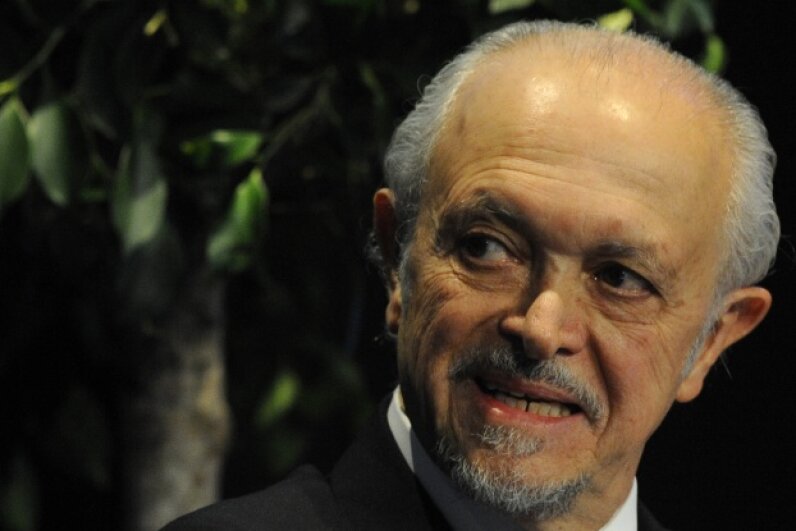
The late 20th century was marked by the recognition that humans could significantly affect the environment, even Earth itself. But, beyond localized ecological concerns over DDT and the vaguer terror of nuclear winter, by the early 1970s we hadn’t much considered the potentially global consequences of industry and chemistry. This was especially true in the case of the chemically inert chains of chlorine and fluorine atoms strapped to a carbon backbone known as chlorofluorocarbons, or CFCs.
In 1974, scientists F. Sherwood Rowland and Mario José Molina argued CFCs were not as harmless as they seemed. Instead of washing out of the sky through rainfall or oxidation, they floated into the upper stratosphere, where solar ultraviolet radiation broke them apart and set off an ozone-destroying chemical reaction. In 1985, the British Antarctica survey detected a hole in the ozone layer over Antarctica, and the rest is history [sources: Nobel Prize; Nobel Prize].
As a child in Mexico City, Molina admired his aunt, a chemist, and emulated her by converting a spare bathroom into a makeshift chemistry lab. He studied in Mexico and abroad, and made his groundbreaking discovery concerning CFCs during his postdoctoral stint with Rowland at University of California, Irvine. The work earned him the 1995 Nobel Prize in chemistry, an honor he shared with Rowland and Paul J. Crutzen, a pioneer in studying nitrogen oxide effects on ozone destruction. Today, Molina studies strategic approaches to energy and the environment [sources: Crutzen; Nobel Prize; Nobel Prize].
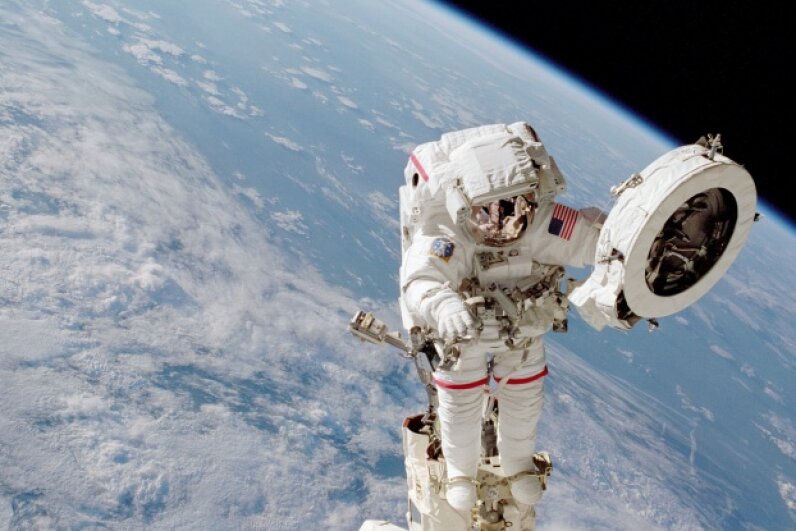
Our final entry jointly honors two pioneers of space: physicist Franklin Chang-Díaz, the first Hispanic-American astronaut, and engineer Ellen Ochoa, the first female Hispanic-American astronaut (see her picture on the first page).
Chang-Díaz was born in San José, Costa Rica, and earned his doctorate in Applied Plasma Physics from the Massachusetts Institute of Technology (MIT). He became an American citizen in 1977. Much of his early work concerned controlled fusion and fusion reactor design. Later, he led fusion propulsion teams at MIT and Johnson Space Center (JSC) on projects with potential Mars mission applications. He became an astronaut in 1981, served as in-orbit capsule communicator (CAPCOM) during the first Spacelab flight, and flew seven space shuttle missions. After all that excitement, he retired from NASA in 2005 [sources: NASA].
Ellen Ochoa was born in Los Angeles, Calif., and earned her master’s degree and doctorate in electrical engineering from Stanford University. Ochoa researched information processing at Sandia National Laboratories and NASA Ames Research Center and listed as co-inventor on three patents in optics, object recognition and image processing. She became an astronaut in 1991 and flew four shuttle missions. In 2012, she was named JSC director — the first Hispanic person and second woman to do so [sources: NASA; NASA].
Note: The first person of Latin American origin in space was Cuba’s Arnaldo Tamayo Méndez in 1980, as part of a team from the Soviet Union. Méndez was also the first person of African heritage in space.
https://science.howstuffworks.com/dictionary/famous-scientists/physicists/10-hispanic-scientists.htm?utm_source=email&utm_medium=share&utm_campaign=hsw_share10 Hispanic Scientists You Should Know



